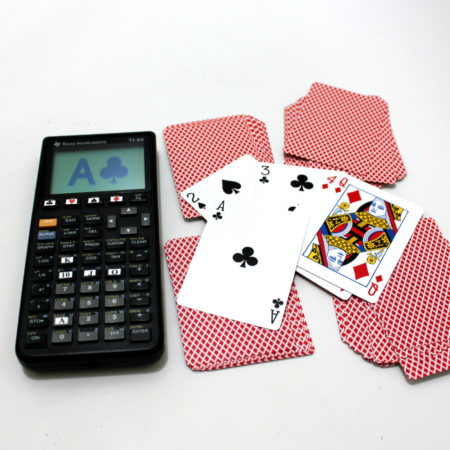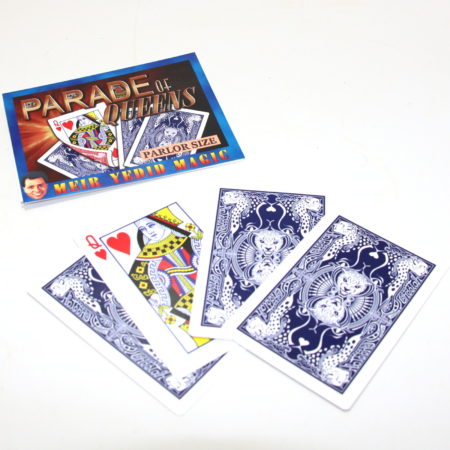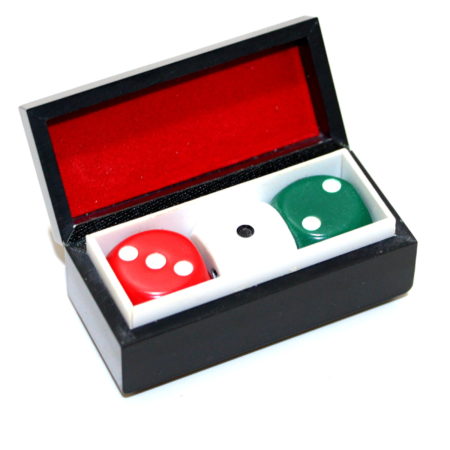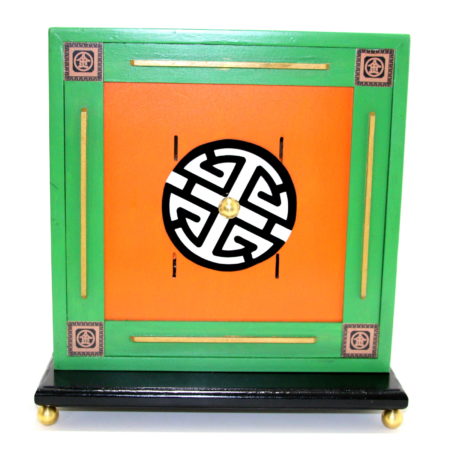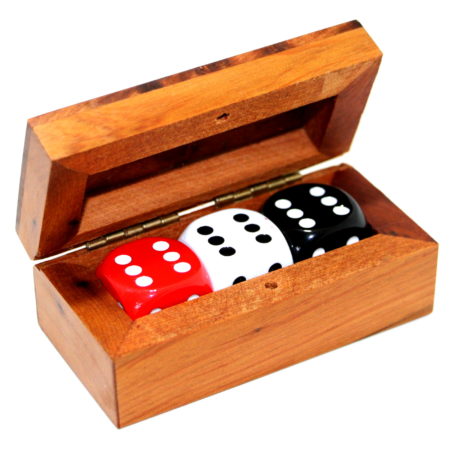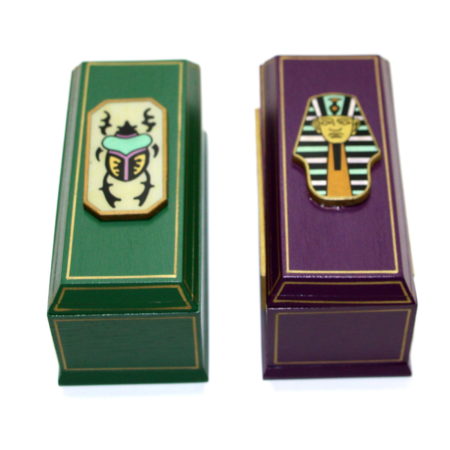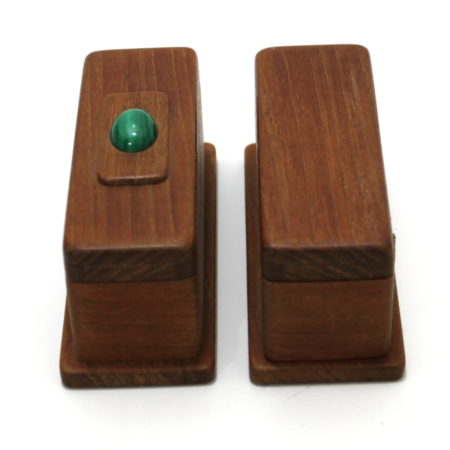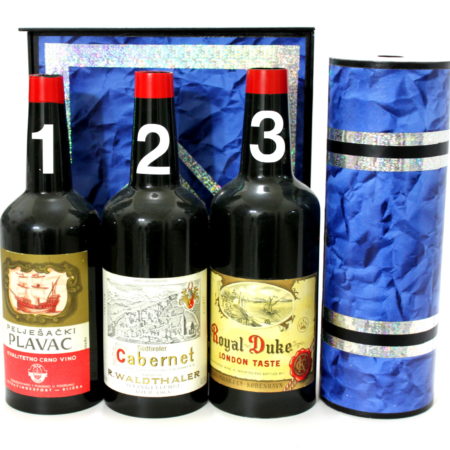
From Harries c. 2002, the long running Swedish Dealer (founded in 1910), comes this wonderful version of Himber’s Vanishing Bottles effect.
One at a time, show six different wine bottles in a box. Read the labels to the audience so they know that all six bottles really are different. Place the bottles back into the box after reading each label. Now, show an empty tube and place it over one of the bottles in the box. Remove the tube with the bottle inside and explain that it is time for a contest.
Remind the audience that they saw you put the tube over one of the six bottles. But, which one was it? Whoever can guess the name of the wine gets to keep the bottle! Lift the tube and show a bottle of Coca-Cola or 7 Up! The wine bottle is gone! Take the box apart and show it empty! All six of the bottles have disappeared! Where did all those bottles go? A wonderful routine. A real fooler! Perfect for platform or stage, yet you can do it in a living room.
Click here for more information.

